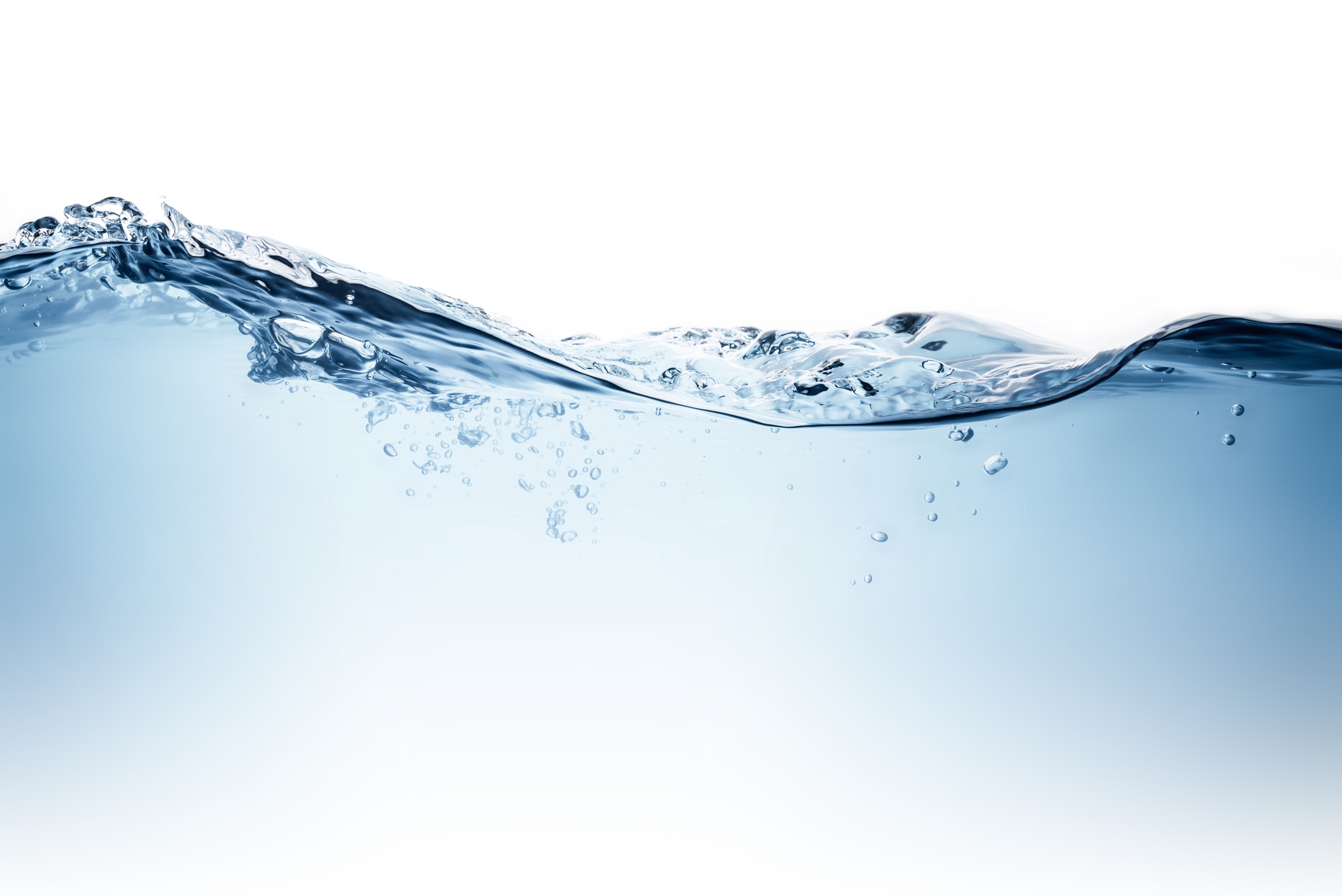8.7 Monitoring and analytical requirements
A quality-controlled system for management of drinking water treatment chemicals should be supported by appropriate testing and monitoring.
All chemicals used in water treatment should be tested, to check both the concentration of the active ingredients and the presence of contaminants relative to a specification. This is to ensure that the effectiveness of the treatment process, the quality of the water and the integrity of the assets are not compromised.
Requirements for testing by the manufacturer should be clearly defined in the specification, including testing methods. The amount, type of testing and whether NATA-certified results from an external laboratory are required may need to be negotiated to achieve a solution that is both effective and affordable. Clear statements as to the testing methods should be included in the specification. The specification should require test results to be available before the chemical delivery is unloaded at the water authority’s plant, to allow operational staff on site to reject delivery if specified requirements are not met.
Various physical characteristics can also be examined as part of the quality assurance program. Table 8.3 lists simple suggested acceptance criteria for some water treatment chemicals that could be applied by operational staff on site at the treatment plant. These criteria rely on human senses or simple equipment.
Table 8.3 Acceptance criteria for some water treatment chemicals
Aluminium chlorohydrates
Visual
Clear, colourless liquid
Specific gravity
1.32–1.35 at 25°C
pH
3.5–4.5
Aluminium sulfate (alum)
Visual
Clear colourless to pale brown (free of solids)
Specific gravity
1.28–1.34 at 20°C
pH
2.3–2.8
Ammonia
Visual
Colourless gas or liquid
Specific gravity
0.8 as a liquid
Ammonium sulfate
Visual
Off-white crystal
Specific gravity
1.77 at 20°C
Calcium hydroxide (hydrate lime)
Visual
Soft, white crystalline powder
Solubility
0.165g/100g of saturated solution at 20°C
Bulk density
450–560 kg/m³
Calcium hypochlorite
Visual
White crystalline solid, practically clear in water solution
Specific gravity
2.35 in liquid
Calcium oxide (quick lime)
Visual
Grey-white solid (sometimes yellowish to brown)
Specific gravity
3.2 – 3.4 as calcium hydroxide
Bulk density
1030 kg/m³ (pebble);
1050 kg/m³ (powder)
Carbon, powder activated, granular activated (PAC/GAC)
Visual
Black solid (PAC 20-50 μm; GAC 0.7 – 1.2 mm)
Density
250–600 kg/m³
Copper sulfate
Visual
Blue crystal, crystalline granule or powder
Ferric chloride
Visual
Brownish-yellow or orange crystalline form
Specific gravity
42% solution: 1.45 at 20°C
pH
42% solution: 1–2
Ferric sulfates
Visual
Yellow crystal or greyish-white powder, or a red-brown liquid solution.
Specific gravity
Liquid solution: 1.5–1.6
Hydrochloric acid
Visual
Clear colourless to clear yellow (free of solids)
Specific gravity
28% solution: 1.14 at 20°C
Hydrofluorosilicic acid (fluorosilicic acid)
Visual
Colourless to pale yellow liquid
Specific gravity
22% solution: 1.18 at 20°C
Hydrogen peroxide
Visual
Colourless syrupy liquid (concentrations from 20% to 60%)
Specific gravity
1.07–1.24 at 20°C
pH
1–4
Hydroxylated ferric sulfate
Visual
Translucent, dark red (free of solids)
Specific gravity
1.45–1.6 at 25°C
pH
< 2
Polyacrylamides
Visual
White crystalline solid, supplied as a powder or aqueous solution, dispersed in light mineral oil
Polyaluminium chlorides (10%)
Visual
Pale yellow, slightly cloudy liquid
Specific gravity
1.18–1.22 at 20°C
pH
10% solution: 2.2–2.8
Polyaluminium silica sulfates
Visual
Slightly cloudy liquid, clear to yellow (free of solids)
Specific gravity
1.32–1.36 at 25°C
pH
2.8–3.6
Potassium permanganate
Visual
Odourless, dark purple crystal with blue metallic sheen
Sodium aluminates
Visual
White powder, or clear colourless to pale amber liquid
Specific gravity
Liquid solution: 1.4–1.6
pH
Liquid solution: 14
Sodium bicarbonate
Visual
White powder or crystalline lumps, soluble in water (60 g/L at 20°C)
Specific gravity
2.159 at 20°C
Solubility
96 g/L at 20°C
Bulk density
1000 kg/m³
pH
10 g/L solution: 8.4
Sodium carbonate (soda ash)
Visual
Greyish-white powder
Bulk density
1000 kg/m³ (dense); 500 kg/m³ (light)
Sodium fluoride
Visual
White, odourless powder (or crystal), easily soluble in water
Specific gravity
2.78 at 20°C
Bulk density
1040 – 1440 kg/m³
pH
1% solution – 6.5
4% solution – 7.6
Sodium fluorosilicate
Visual
White or yellowish white, odourless, crystalline powder
Bulk density
880 – 1150 kg/m³
Sodium hexametaphosphate
Visual
White granular powder
Bulk density
800–1500 kg/m³
Sodium hydroxide (caustic soda)
Visual
White, deliquescent solid)
Specific gravity
30% solution: 1.33
46% solution: 1.48
Sodium hypochlorite
Visual
Pale yellow green
Sodium silicate
Visual
Lumps of greenish glass, white powders of varying degrees of solubility, or cloudy or clear liquids of varying viscosity
Sodium tripolyphosphate
Visual
White powder or granular solid
pH
9.8 (aqueous solution) to 10.5 (slurry)
Sulfuric acid
Visual
Dense, oily, colourless to dark brown liquid.
Specific gravity
1.2–1.85 at 20°C
Zinc orthophosphate
Visual
Clear odourless liquid
